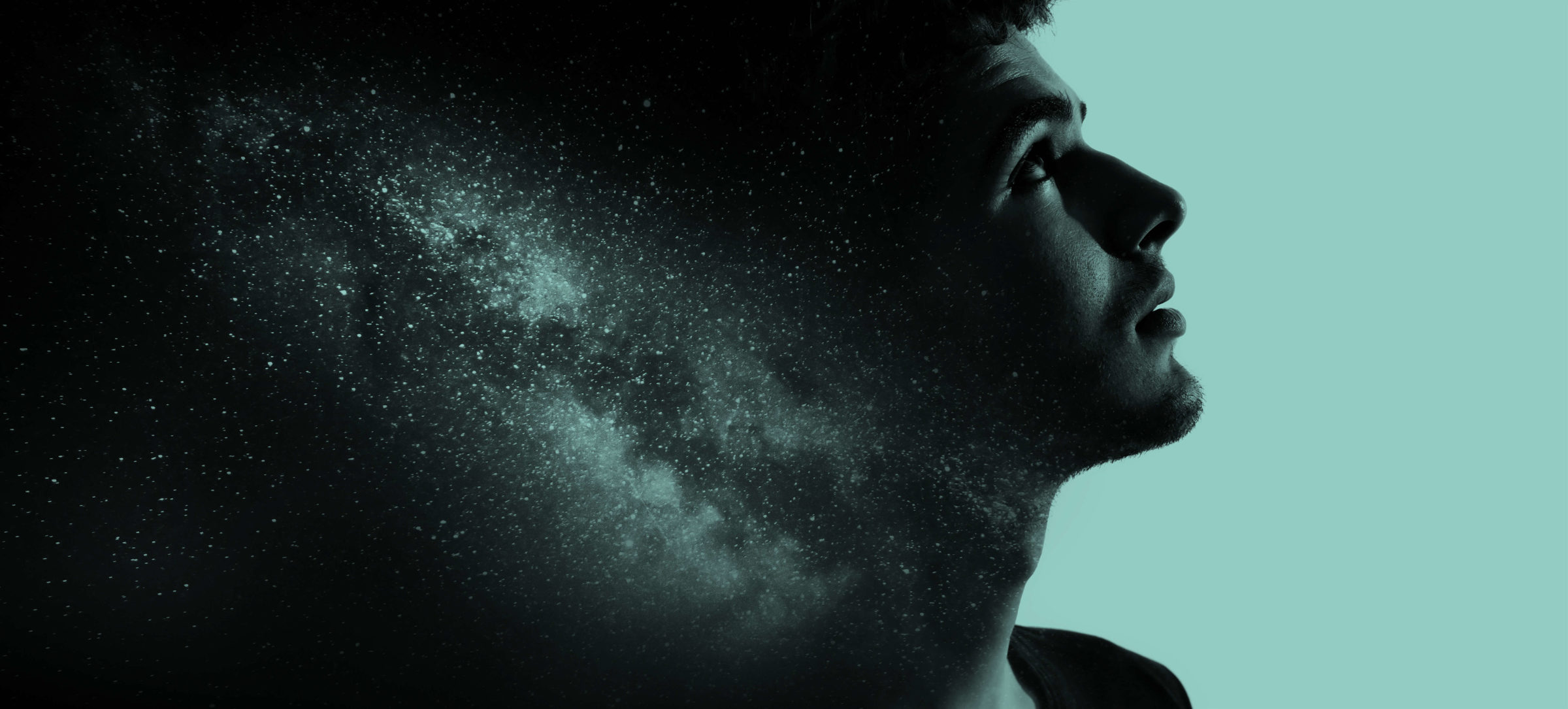
History of Science and Religion: A Historiographical Introduction
By Sarah A. Qidwai
Historiography, or how historians write history, is often a tricky topic to pin down. Methods are often developed over time, or sometimes they seemingly appear out of nowhere. To that end, the field of the history of science and religion in the academic context has its own historiographical past. Understanding and engaging with scholars in the field is often difficult without this historiographical context.
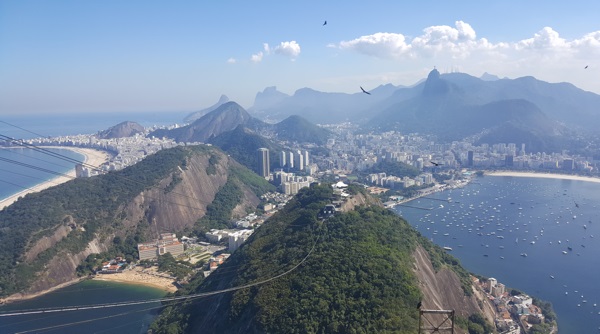
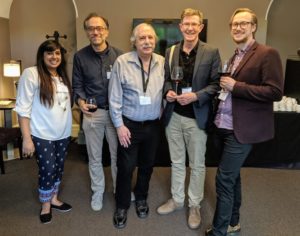
In 2017, I had the good fortune of presenting a paper at a symposium organized by Bernie Lightman and David Kirby titled “Science and Religion: Exploring the Complexity Thesis.” This symposium was a part of a meeting of the International Congress of History of Science and Technology (ICHST), in the city of Rio de Janeiro, with the general theme “Science, Technology and Medicine between the Global and the Local.” The goal of this symposium was to evaluate the utility of the complexity thesis in past, present, and future scholarship.
In July of 2019, at the first annual meeting of the International Research Network for the Study of Science and Belief in Society in Birmingham, many participants from the symposium were present and I had a chance to reflect on the immense privilege I had as a young scholar to dive into the history of science and religion as a field, in such an exciting setting. This blog post offers those wishing to break into the field of the history of science and religion a crash course and introduction to some key historiographical texts and discussions.
So what exactly is the complexity thesis and why did historians of science and religion try to re-examine it?
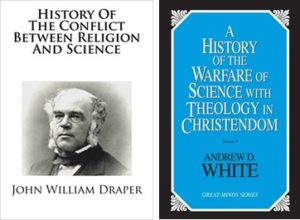
The historiographical account in the field began with the conflict thesis, or the notion that the relationship between science and religion was one of conflict. Two publications that are often mentioned as the origins of this idea are: History of the Conflict Between Religion and Science (1875) by John William Draper and A History of the Warfare of Science with Theology in Christendom (1896) by Andrew Dickson White.
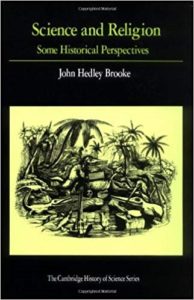
Around the 1970s, historians of science and religion started pushing back on this notion of conflict between the two. This included monographs by John Hedley Brooke, Ronald Numbers, James Moore and David Lindberg. The next historiographical leap was the move from conflict to complexity. It was John Hedley Brooke’s groundbreaking publication Science and Religion: Some Historical Perspectives (1991) that directly challenged the notion of conflict. Scholarship in the field of history of science and religion moved towards what Ron Numbers dubbed “the complexity thesis.”
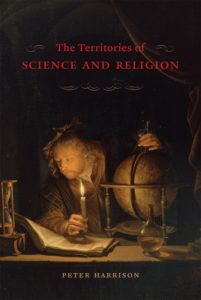
The complexity thesis adopts a historical methodology that refuses to break down the relationship between science and religion into simple narratives of conflict, harmony, or independence, but rather requires an empirical analysis in each specific historical context. There are several edited volumes that discuss the complexity thesis. However, the complexity thesis is not really a thesis at all but a response to a thesis. Building on this foundation, in his book The Territories of Science and Religion (2015), Peter Harrison argues that the assumption of a so-called relationship between science and religion is rather anachronistic because the terms “science” and “religion” are modern categories. Those categories need to be unpacked in their context every time.
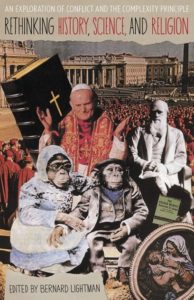
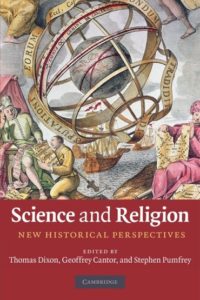
Following these works, the discussions around the utility and status of the complexity thesis can be seen in several edited volumes. In 2010, the publication Science and religion: new historical perspectives by Thomas Dixon, Geoffrey Cantor and Stephen Pumfrey was published. Based on a conference in Lancaster in 2007 to mark the retirement of John Hedley Brooke.
Then, in 2019, another analysis of the complexity thesis was presented in Bernie Lightman’s edited volume Rethinking history, science, and religion: an exploration of conflict and the complexity principle. The latest edited volume asks us to go beyond the complexity thesis and examine various other interdisciplinary angles.
While there are many more publications in the field, there is still a lot of work remaining. The conversations at a global level have not yet received the attention they deserve. The bulk of scholarship in the field is based on European and Judeo-Christian narratives.
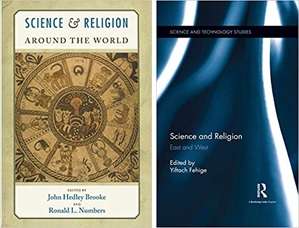
There are two edited volumes, Science and Religion Around the World edited by Brooke and Numbers (2011) and Science and Religion: East and West edited by Yiftach Fehige (2016) that try to address the global context, but we need a more global and comparative approach in the field. Only then can we begin to draw some mid-level conclusions on the topic.
It is my contention that as historians, we have to move further to discuss multiple worldviews, how they intersect with each other and contextualize the role of other critical areas, such as gender and colonialism. We need to untangle the use of not only the terms ‘science’ and ‘religion’, but the others I mentioned earlier on a case by case basis. Given that, we also need to populate the field with historical investigations outside this focus before we can assess the status of the complexity thesis any further.
These texts are a sample of what is out there in the field of science and religion. Here are some additional online resources in various formats:
- There is an excellent podcast by Nick Spencer called “The Secret History of Science and Religion” You can listen to episode 1 “The Nature of the Beast” here (unavailable in some countries).
- You can watch Peter Harrison’s Gifford lectures online. Here is a link for the first one “The Territories of Science and Religion“.
- This is a great summary about the relationship between science and religion by Tom McLeish.
- Finally, there is this excellent entry on religion and science in The Stanford Encyclopedia of Philosophy, edited by Helen De Cruz.
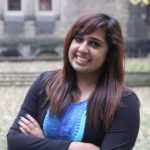
Sarah Qidwai is a PhD candidate at the University of Toronto’s Institute for the History and Philosophy of Science and Technology. Sarah’s research interests include the history of science and religion, science and colonialism, and South Asian studies. For more on Sarah’s research see her Research Profile.
Follow Sarah on Twitter: @skidwayy
Selected Bibliography
- Brooke, John Hedley. 1991. Science and Religion: Some Historical Perspectives. Cambridge University Press
- Brooke, John Hedley, and Ronald L. Numbers. 2011. Science and religion around the world. New York: Oxford University Press.
- Dixon, Thomas, G. N. Cantor, and Stephen Pumfrey (eds.). 2010. Science and Religion: New Historical Perspectives. Cambridge University Press
- Draper, John William. 1875. History of the conflict between religion and science. New York: Appleton.
- Elshakry, Marwa. 2013. Reading Darwin in Arabic (1860-1950). Chicago: The University of Chicago Press.
- Fehige, Yiftach J. H. 2016. Science and Religion: East and West. Routledge.
- Fyfe, Aileen. 2004. Science and salvation: evangelical popular science publishing in Victorian Britain. Chicago: University of Chicago Press.
- Harrison, Peter. 2015. The Territories of Science and Religion. The University of Chicago Press.
- Keel, Terence. 2018. Divine variations: how Christian thought became racial science. Stanford, California: Stanford University Press.
- Lightman, Bernard V. 2019. Rethinking history, science, and religion: an exploration of conflict and the complexity principle. University of Pittsburgh Press
- Lindberg, David C., and Ronald L. Numbers. 1986. God and nature: historical essays on the encounter between Christianity and science. Berkeley: University of California Press.
- Ungureanu, James C. 2019. Science, religion, and the Protestant tradition: retracing the origins of conflict. Pittsburgh; University of Pittsburgh Press.
- White, Andrew Dickson. 1896. A history of the warfare of science with theology in christendom. New York: D. Appleton & Co.
